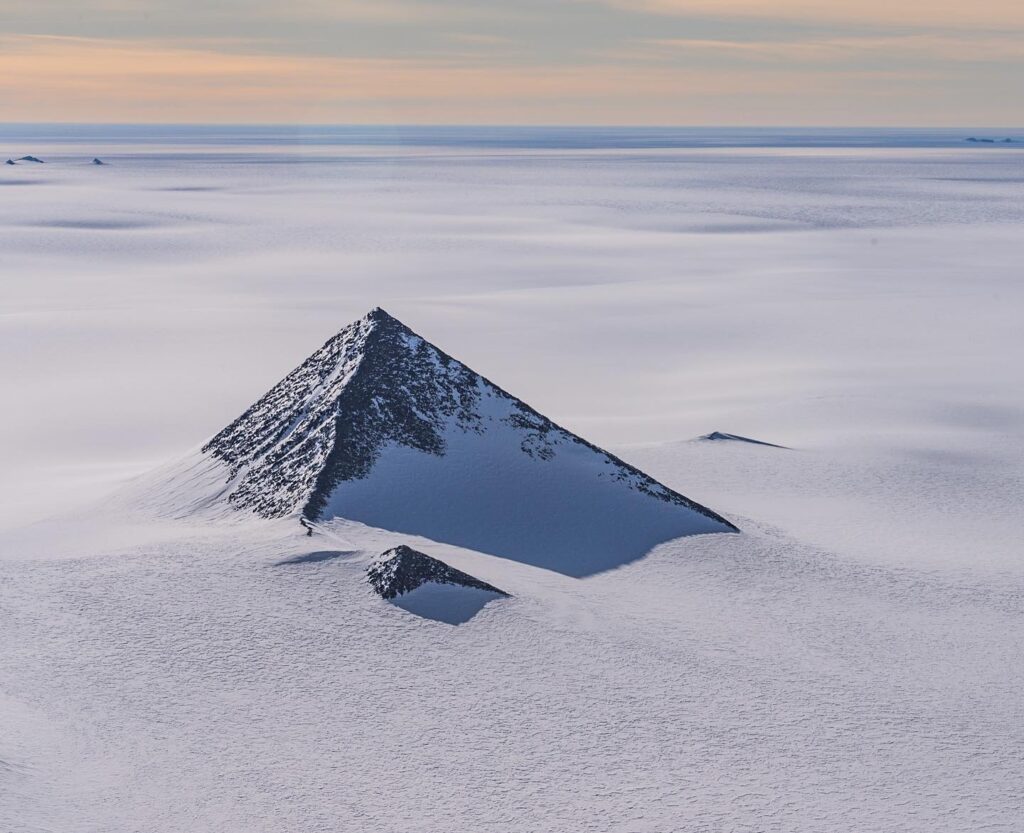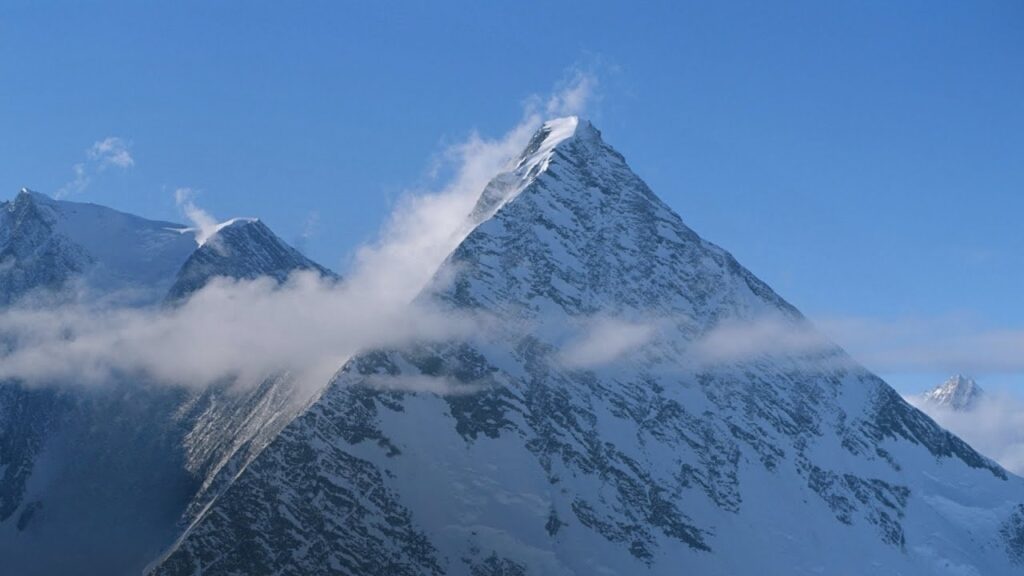
In the vast realm of internet conspiracy theories, a new sensation has emerged: the discovery of a mysterious pyramid in Antarctica, courtesy of Google Earth. However, before we delve into the depths of this latest theory, let’s unravel the truth behind the hype. Brace yourself, for it’s not what it seems.
Firstly, it’s important to clarify that the so-called “pyramid” is, in fact, just a mountain. And even the claim of its newfound status is nothing more than a recycled version of a story that has circulated for years regarding pyramids in the South Pole. The reality is far less dramatic.

The mountain in question was initially discovered during the British Antarctic Expedition of 1910-1913. To maintain secrecy, the team cleverly labeled it “The Pyramid” on geological surveys, thus sparking intrigue and fueling speculation. Little did they know that a century later, truth-seekers would see through this ruse and speculate that the mountain was, in fact, an ancient pyramid constructed by an extraterrestrial civilization or perhaps even Atlantis. Or so the theory goes.
Now, a second mountain has become the center of attention, reigniting the wheel of conspiracy theories. This particular peak can be located at the coordinates 79°58’39.25?S 81°57’32.21?W. However, it is essential to note that it is simply a mountain, nothing more.

“The pyramid-shaped structures are located in the Ellsworth Mountains, which is a range more than 400 km long, so it’s no surprise there are rocky peaks cropping out above the ice. The peaks are clearly composed of rock, and it’s a coincidence that this particular peak has that shape,” explains Dr. Mitch Darcy, a geologist at the German Research Centre for Geosciences in Potsdam.
He further emphasizes, “It’s not a complicated shape, so it’s not a special coincidence either. By definition, it is a nunatak, which is simply a peak of rock sticking out above a glacier or an ice sheet. This one has the shape of a pyramid, but that doesn’t make it a human construction.”
In reality, pyramid-shaped peaks are relatively common in nature. Examples include the Matterhorn in the Alps and Mount Bulandstindur in Iceland. So, while the internet may be abuzz with mysterious claims, the evidence points to natural geological formations rather than secret constructions.

Moreover, let’s consider the practicality of a secret base in Antarctica. The reality is that there are no significant advantages to establishing such a base in this icy realm. If there were, governments worldwide would have likely engaged in fierce competition over its resources. Fortunately, the South Pole boasts rich natural diversity and exceptional scientific opportunities, ensuring its preservation for future exploration and study.
In the realm of conspiracy theories, it’s essential to approach claims with a critical eye and examine the evidence. While the allure of hidden treasures and ancient civilizations may be captivating, the truth often lies in scientific explanation and logical reasoning. So, let us appreciate Antarctica for its inherent wonders and continue to explore its pristine landscapes with a focus on knowledge and discovery.

Leave a Reply